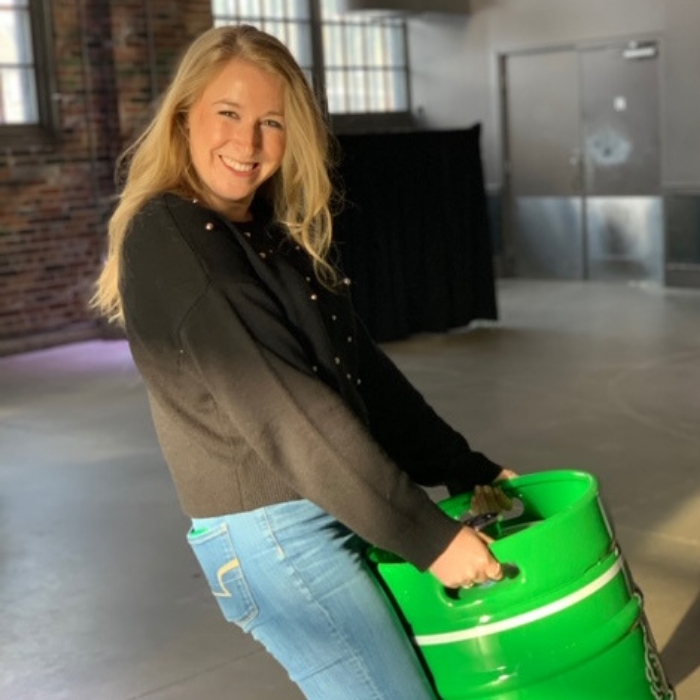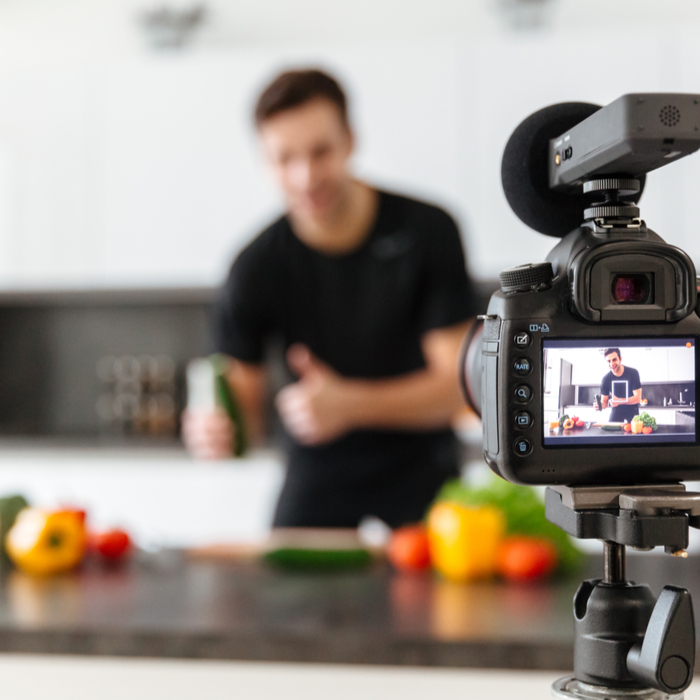5 Qs with Devon Gleed from Steam Whistle Brewing
We recently interviewed Devon Gleed, one of Steam Whistle’s social media extraordinaires. Here’s what she’s working on and what inspires her.
1. What made you go into social media content?
“To be honest, I more stumbled into social media content. My career started off in PR and publicity when I worked at WE Day but as I moved into my next job at a marketing agency, I started doing more writing and community management for social media clients. From there I learned I really enjoyed being the voice of a brand, being able to answer consumer questions and create exciting visual content. In my current position at Steam Whistle, I get to be the voice of the product and a brand that Canadians have fallen in love with over the last 19 years. It’s a lot of fun!”
2. Tell us about what you’re currently working on.
“There are A LOT of exciting things happening at Steam Whistle Brewing. From opening a brand new event space at Biergarten, to bringing an American craft beer to the Canadian market, there’s so much I’m working on content-wise. It’s such an exciting time to be a part of the team.”
3. In your opinion, what is an example of a compelling campaign?
“To me, a compelling campaign is something that consumers can relate to or (if possible) something that sparks joy (I know, I sound like Marie Kondo). As a consumer, I love when I can easily take in a campaign and relate it to my life. How could I use this product? How will it benefit me? Is this making me happy? If all these boxes are checked, you’re more than halfway there, in my opinion.”
4. How do you feel influencers differ from traditional media?
“This one relates back to compelling campaigns for me. I think people follow certain influencers because in some way, they feel like they can relate to them. Whether it’s interests, style, lifestyle and/or life experiences. People can relate to influencers as they give the product or service they’re selling a more personal spin than having the consumer view it in a standard ad.”
5. Who inspires you?
“Right now, I work with such a badass team of young professionals who inspire me every day with their brains and their passion. They push me to go above and beyond without even realizing it.”
Follow Steam Whistle Brewing on Instagram.
These five questions were compiled by Amanda Carreiro, community manager at ruckus Digital. Need help with your social media approach? Drop us a line.




